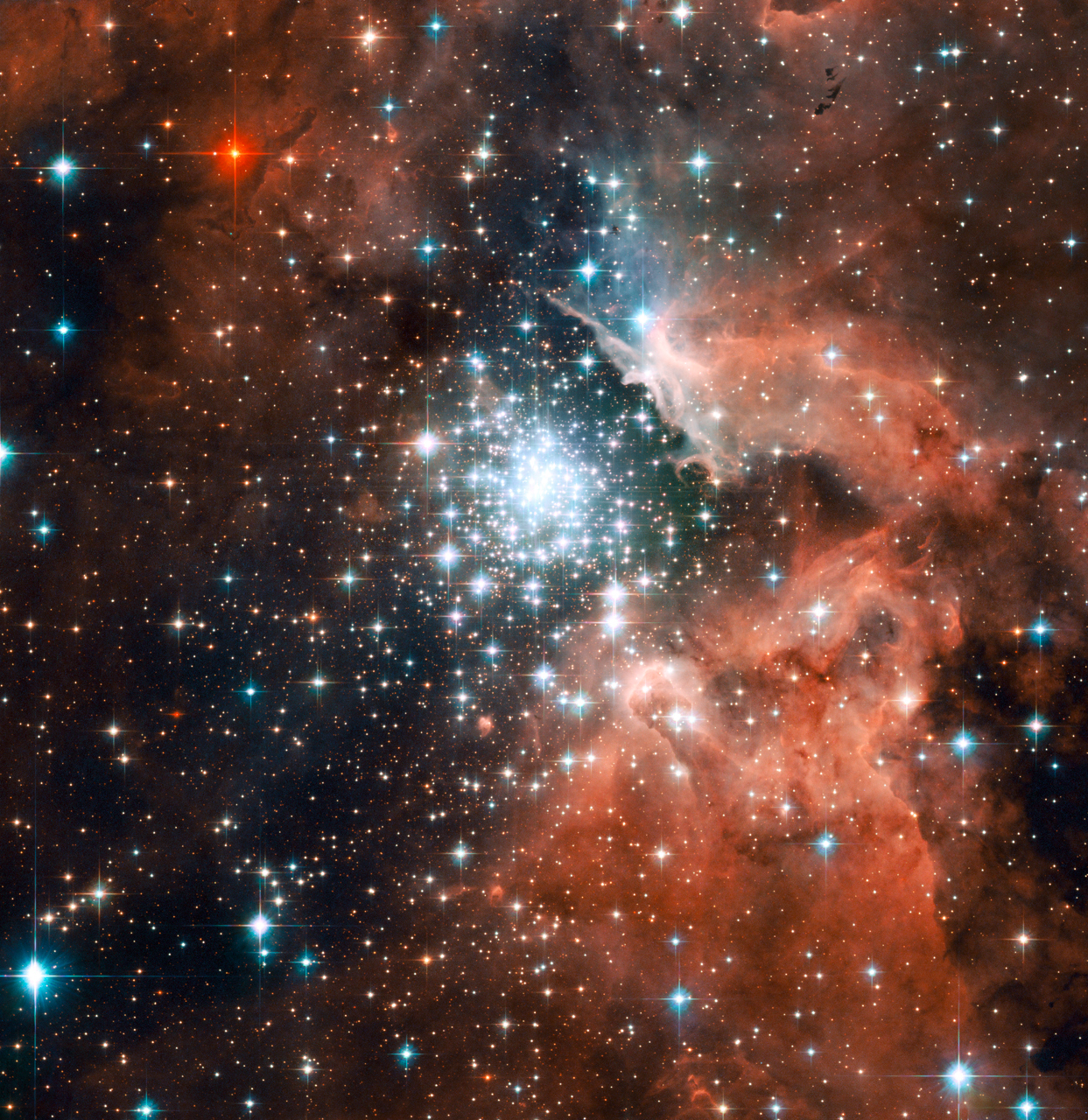Enceladus Ice Geysers The Cassini discovered this very thin atmosphere. Ionized vapor on Enceladus is the main component and these ice geysers are found in the south pole. This gives the idea what Enceladus is supplying the particles of Saturn's e-ring. I only wish I could be able to work with these kinds of things. They are so fascinating.
The Cassini discovered this very thin atmosphere. Ionized vapor on Enceladus is the main component and these ice geysers are found in the south pole. This gives the idea what Enceladus is supplying the particles of Saturn's e-ring. I only wish I could be able to work with these kinds of things. They are so fascinating.
 The Cassini discovered this very thin atmosphere. Ionized vapor on Enceladus is the main component and these ice geysers are found in the south pole. This gives the idea what Enceladus is supplying the particles of Saturn's e-ring. I only wish I could be able to work with these kinds of things. They are so fascinating.
The Cassini discovered this very thin atmosphere. Ionized vapor on Enceladus is the main component and these ice geysers are found in the south pole. This gives the idea what Enceladus is supplying the particles of Saturn's e-ring. I only wish I could be able to work with these kinds of things. They are so fascinating. 

